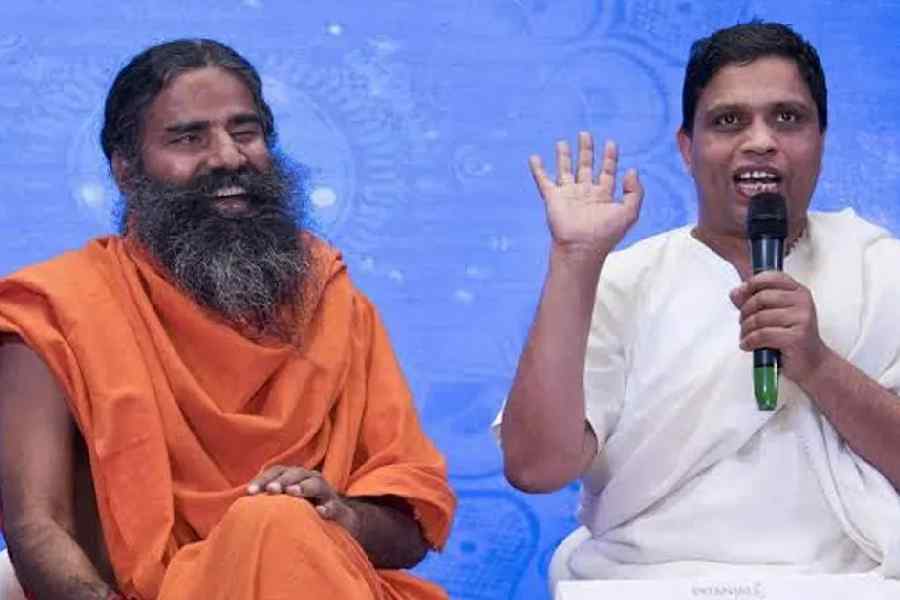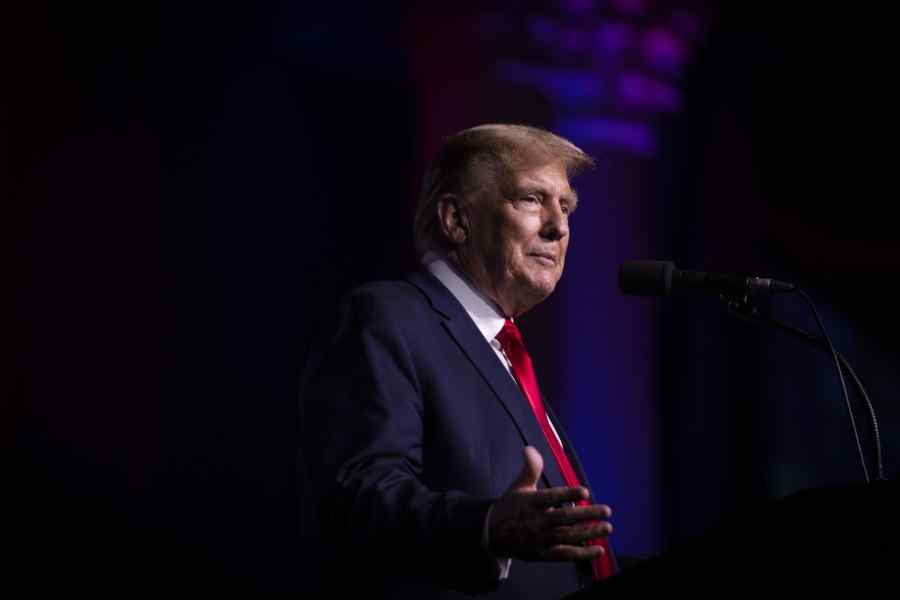The Narendra Modi government has never been shy of using any opportunity to project itself in a favourable light for electoral advantage. So it is not surprising that the vote-on-account for the financial year, 2024-25, before the general election (also known as the interim budget) presented by the finance minister, Nirmala Sitharaman, became yet another exercise in self-congratulation, tom-tomming achievements based on cherry-picked data while ignoring or suppressing unpleasant realities. This followed an equally celebratory review of the Indian economy brought out by the finance ministry in lieu of the traditional Economic Survey.
Both present the past decade as a period of remarkable positive transformation compared to the lack of development and the stagnation in the entire period since Independence. According to Sitharaman’s budget speech, “Structural reforms were undertaken. Pro-people programmes were formulated and implemented promptly. Conditions were created for more opportunities for employment and entrepreneurship. The economy got a new vigour. The fruits of development started reaching the people at scale. The country got a new sense of purpose and hope.” She made further claims like “[i]nvestments are robust… People are living better and earning better, with even greater aspirations for the future. Average real income of the people has increased by fifty per cent.” Most surprising, she stressed that “[t]he empowerment of women through entrepreneurship, ease of living, and dignity for them has gained momentum in these ten years… All these measures are getting reflected in the increasing participation of women in workforce.”
It takes a special brand of audacity to make completely false statements with great confidence but several ministers of the current Central government have this ability in spades. At least some of these grandiose claims are easily verifiable, even though the Modi government has been actively reducing the basic official statistics that are available to the public (for example, the results of consumption surveys have been suppressed and census exercises have not been conducted for nearly 14 years now). Some of the claims made by the finance minister merit examination in greater detail.
Consider the claim that the average real income increased by 50%. According to the ministry of statistics and programme implementation, real per capita national income increased from Rs 72,805 in 2014-15 to Rs 98,374 in 2022-23 — an increase of 35%. But even this, as is well known, was unequally distributed, with most of the benefits accruing to the top 10%-15% of the population.
If we consider the average real wages to be a better indicator of the economic conditions of most of the people, the reality is much more shocking. In this period of supposedly high GDP growth, real wages barely increased at all. Between 2014-15 and 2021-22, the growth rate of real wages was below 1% per year for all workers and only 0.3% per year for non-agricultural workers. For construction workers, wages deflated by the general consumer price index actually declined over this period. So much for people “living better and earning better”!
The finance minister also claimed that measures taken for the empowerment of women have led to increased participation of women in the workforce. In fact, the opposite is true: women’s participation in paid employment has actually declined from already abysmally low rates — 15% of all women aged 15 and more in 2011-12 to 13% in 2022-23. The government gets increasing workforce participation numbers for women by including unpaid helpers in family enterprises who receive no remuneration for their work. This has, indeed, gone up sharply, such that by 2022-23, 37.5% of all those women who were described as ‘working’ were not paid anything. This goes against the established global practice: the International Labour Organization makes it clear that employment refers only to work that gets some payment, and is a subset of all work. An economy in which only 30.5% of people of working age are in any form of paid employment (including the most fragile and insecure jobs) is hardly a cause for celebration.
Evidently, conditions for generating more employment have not been created. What about entrepreneurship, the other, so-called success story? Once again, official data reveal the truth. Investment during the tenure of the Modi government has been an average of 28.9% of GDP compared to 33.4% during the previous decade under the United Progressive Alliance government. Even more telling, under the UPA, the investment rate was more than 30% in every single year; under the Modi government, it did not rise above 30% in any year. The recent ‘recovery’ in the investment rate, from 27.3% in 2019-20 to 29.8%, is essentially due to high public investment; private investment continues to stagnate or decline.
This is not unexpected: increasing economic inequality can bring this about. A small segment of India is doing well, but its size is relatively small given our huge population. If the domestic mass market remains subdued because of low employment-generation and stagnant real wages, private businessmen are not inspired to invest. A few, large crony capitalists may make some big-ticket investments but these are not enough to offset the decline in medium and small enterprises or even in big businesses catering to mass demand (like two-wheelers and light consumer goods).
If the Modi government is in such denial about the state of the economy, it is no wonder that its economic strategy — expressed, once again, in the vote-on-account — is not designed to deal with the most pressing problems in the country. Most ordinary people would agree that the big economic concerns are lack of jobs, especially for the youth, poor viability of farming, high food prices relative to workers’ incomes, and inadequate access to basic social services.
None of these has been the direct concern of the government in the past decade. The tall claim of doubling farmers’ incomes was repeatedly delayed: it has now disappeared from the official discourse. The focus on aspirational youth who played such a big role in Modi’s rise has been deflected to Hindu majoritarian pride. The latest goal of ‘Viksit Bharat’ is yet another slogan with a short shelf life.
In this context, the vote-on-account is just a PR exercise on account of votes.
Jayati Ghosh taught economics at Jawaharlal Nehru University and is now Professor at the University of Massachusetts Amherst in the US










